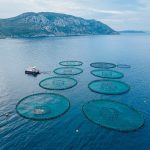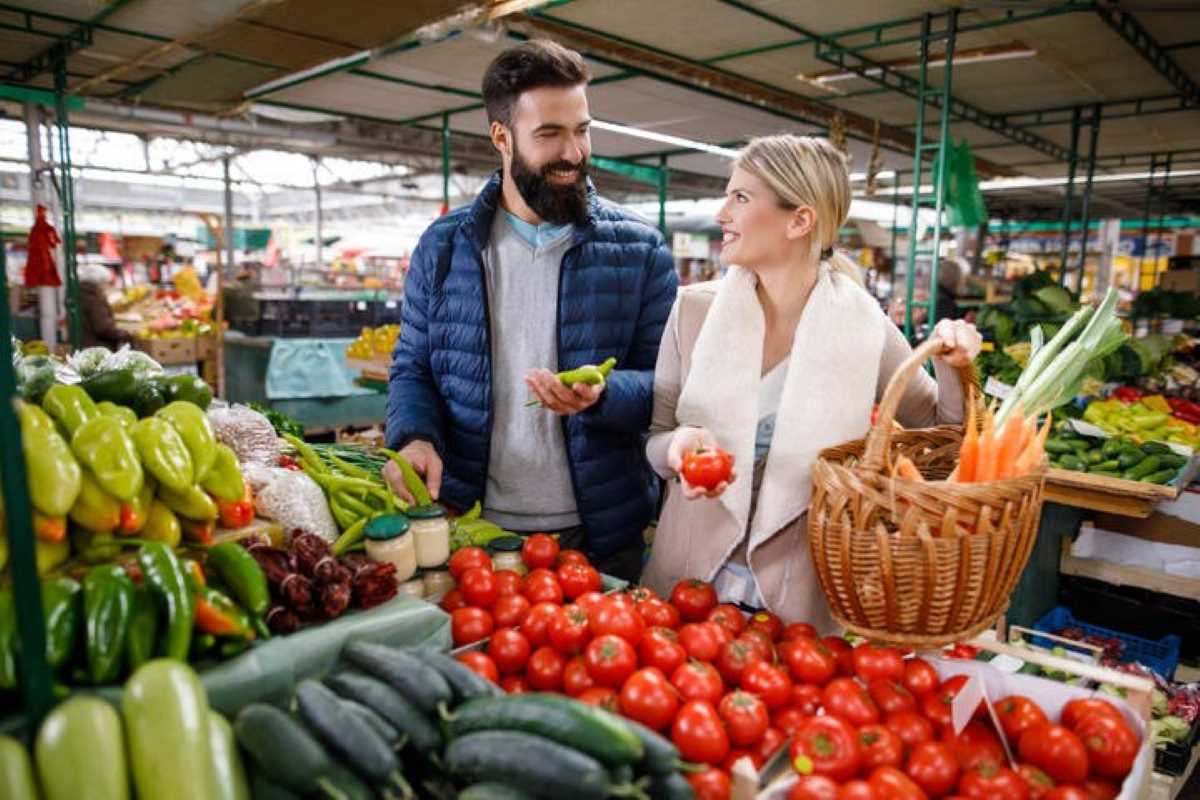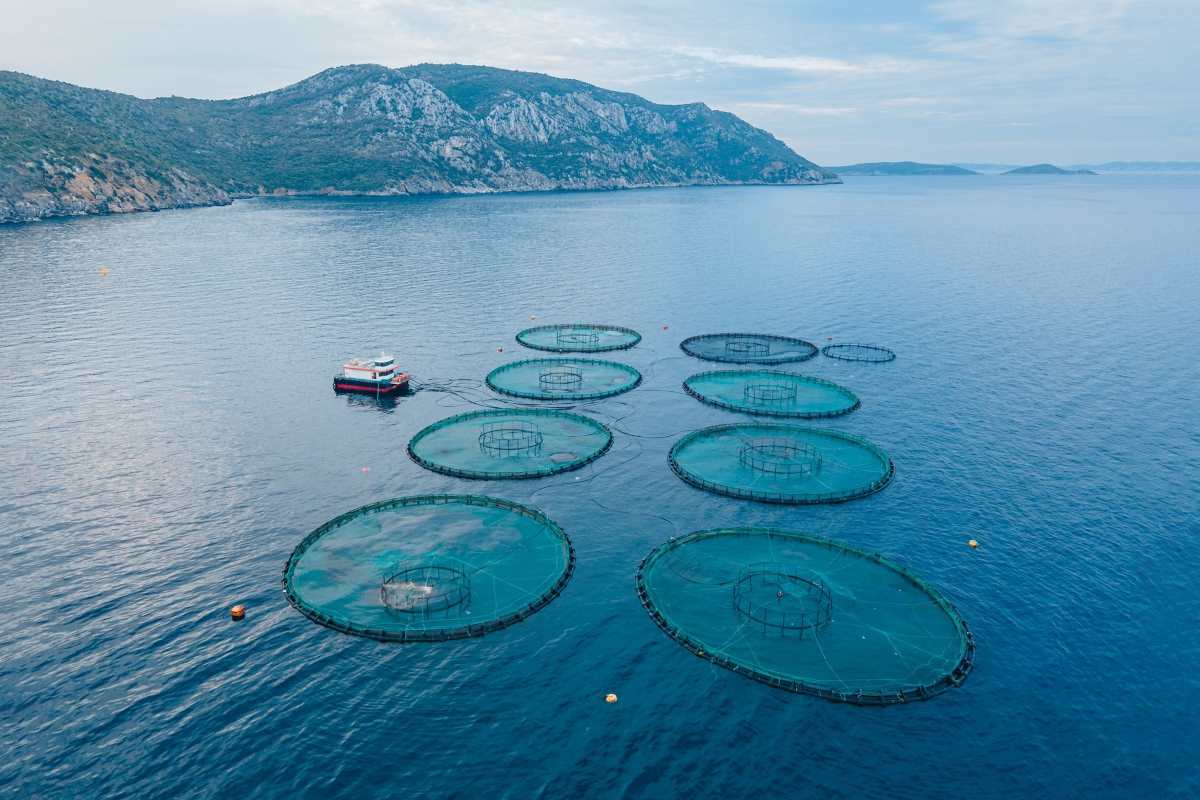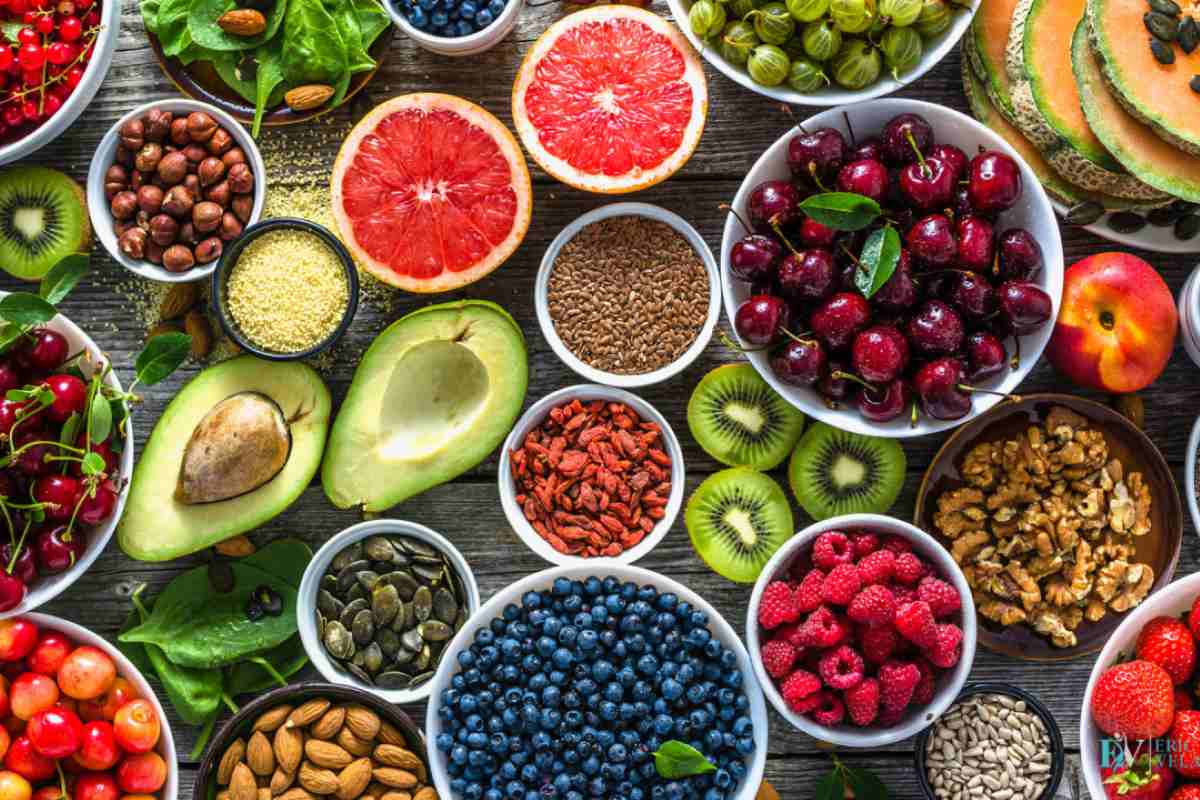Many people will become picky about where they buy groceries when they realize the many benefits of eating local food. Are you craving meatball spaghetti, complete with homemade tomato sauce? You’re better off buying fresh tomatoes from a local farmer than from a store sourcing the item from 3000 miles away.
You don’t need to become a big-time climate activist to aid the climatic revitalization of the planet. Instead, making sustainable food choices can be enough support for environmental sustainability and individual wellness.
It is easy to wave off the local food vs imported food debate. So, this article will help explain the communal, ecological and health benefits of eating local.
What Does ‘Eating Local’ Actually Mean?
When you eat local, it means the food originates from within a specific radius of your location. There’s no agreed distance for food materials to qualify as local. However, most of the literature that discusses the concept oscillates between 100 and 250 miles.
Overall, the idea of eating close to home applies to bakeries, local butchers, initiatives like Community Supported Agriculture (CSAs), and farmer’s markets. It’s easy to develop eco-conscious habits when you source say baguette, steak cut, or fresh food supplies from local vendors.
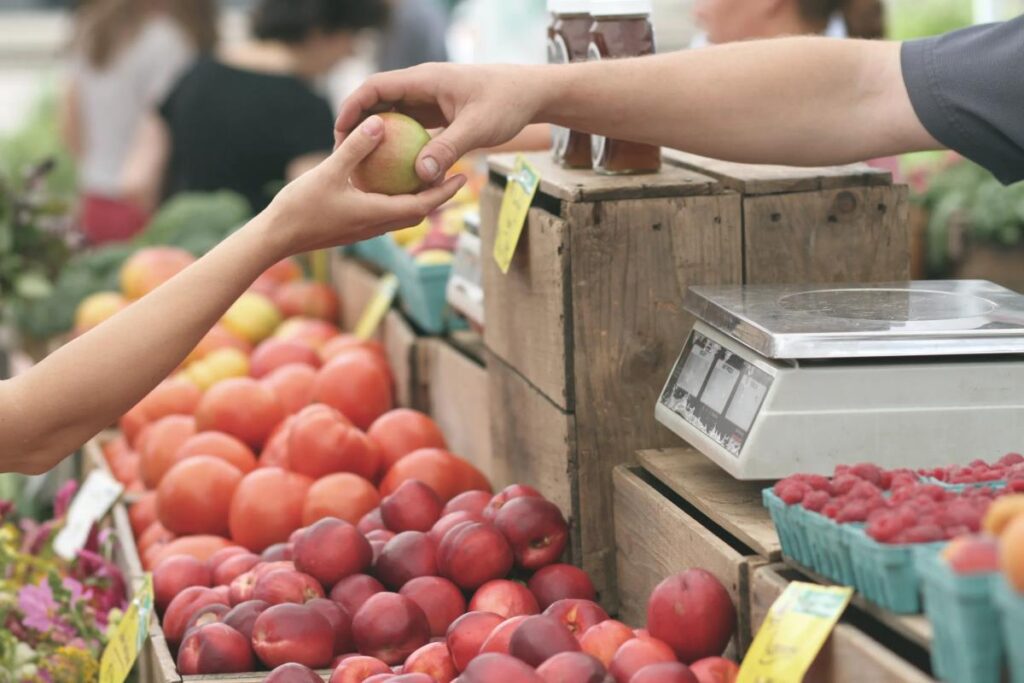
Another feature of eating local is that the concept gives more credence to where the food was grown than how it was grown. For example, the food may or may not have the farm-to-fork advantages of regenerative practices. It may or may not be gotten from farms that are certified as organic. The priority is eating close to home; other sustainable food practices can straggle in the rear.
ALSO READ: How Food Packaging Influences Buying Decisions: The Subtle Science Behind the Shelf
Health Benefits of Eating Local
The benefits of eating local foods are numerous, as touted by advocates. For one, it is one of the few eco-conscious eating habits that helps you enjoy fresh food. Fruits and vegetables particularly retain more nutrients when consumed locally. Hauling fruits and vegetables over long distances contributes significantly to emissions in the food supply chain.
Companies that export fruits, for example, do way more than just cleaning and packaging; they also wax the food items. However, individuals who eat locally usually get to sidestep wax coatings and other preservatives.
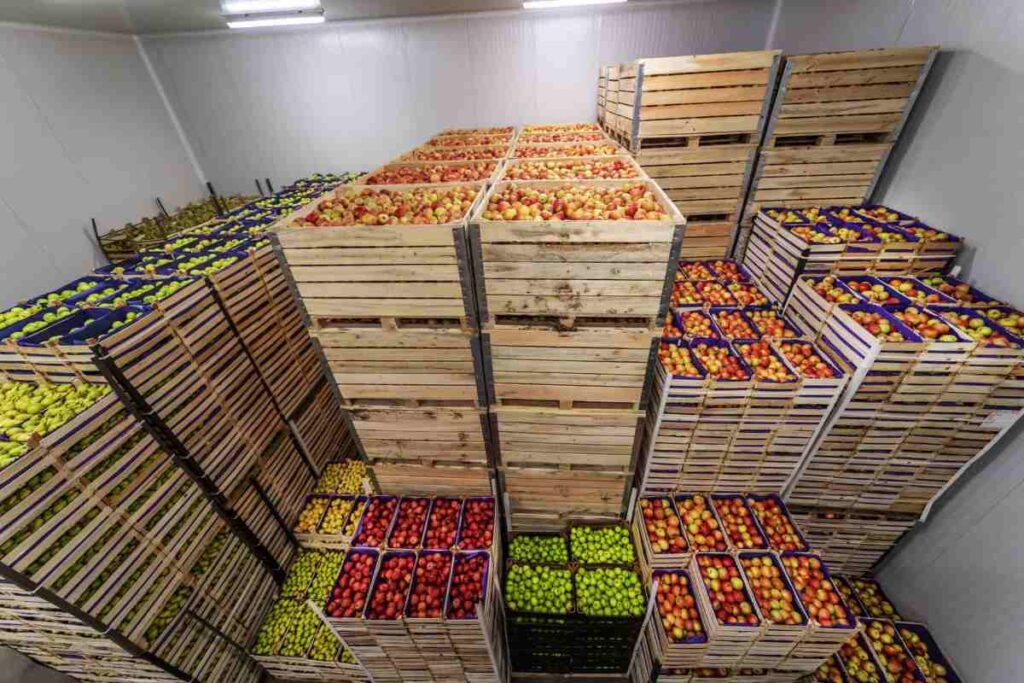
There’s one more, in the ranks of the benefits of eating local food—seasonal and diverse diets. Local seasonal food items are available in surplus and at a cheap price. So, beyond cutting down food budgets, adherents of local eating also enjoy the health benefits of seasonal eating.
Environmental Perks of Going Local
Consumers are not the only ones to enjoy the benefits of eating local food. The interplay of local food and environment is more profound than most people comprehend.
1. Fewer Food Miles
The longer food travels before arriving at your table, the greater the carbon footprint of meals and diets. Eating locally can significantly reduce food supply chain emissions. This is one of the major advocacies of the farm-to-table movement.
2. Less Packaging and Refrigeration Waste
Patronizing farm markets results in food requiring minimal wrappings before getting to the final consumer. The same is not true of food shipments and long-haul deliveries. Indeed, there are regulations on adequate packaging being provided for food shipments. In addition, cold vans, trucks and warehouses with controlled temperature systems also generate refrigeration waste. Sidestepping these bottlenecks is one of the benefits of eating local food.

3. Supports Small-Scale Farming
The global food supply chain, middlemen and trading stakeholders reap the highest profit. In the absence of a local market, in which farmers can profitably dispose of their harvest, they’re often compelled to sell their produce to middlemen, and at ridiculous prices. When the tables turn, and farmers sell directly to consumers, local sourcing impacts the economy positively.
4. Builds Resilience in Food Systems During Global Disruptions
There was a notable disruption in the global food supply chain during the COVID pandemic. If consumers depended on locally sourced food during that crisis, the glitch in the food matrix would not have been that severe. So, when making sustainable food choices or weighing the local food vs imported food odds, choose to build resilient food systems.
5. Supports Ethical Labor and Animal Welfare
Industrial farming often enjoys massive yields due to economies of scale. Naturally, some of the produce has to be transported far and wide to secure a market for such vast volumes of food. Meanwhile, industrial farming does not always follow ethical labor guidelines or prioritize animal welfare. Regenerative farming in various locales will be a great alternative that can sustain local food demands.
These opinions are similar to those of WWF on eating local and its environmental impact.
ALSO READ: How the Farm-to-Table Movement Is Changing Restaurants: From Menus to Mindsets
Challenges and How to Make It Work for You
Eco-conscious eating habits are not all goodies. This means, irrespective of the touted benefits of eating local food, there may be some minor drawbacks. However, it is possible to work around these bottlenecks by taking initiative.
For example, some people may find foods in farm markets expensive. Food grown on organic or regenerative farms requires more effort for the yield than industrial farms.
Another problem is: when radishes are in season, you have to get used to finding a lot of them on your plate. Farms may sometimes struggle to meet the food needs of the locale they supply, prompting local vendors to prospect for food at distant farms.
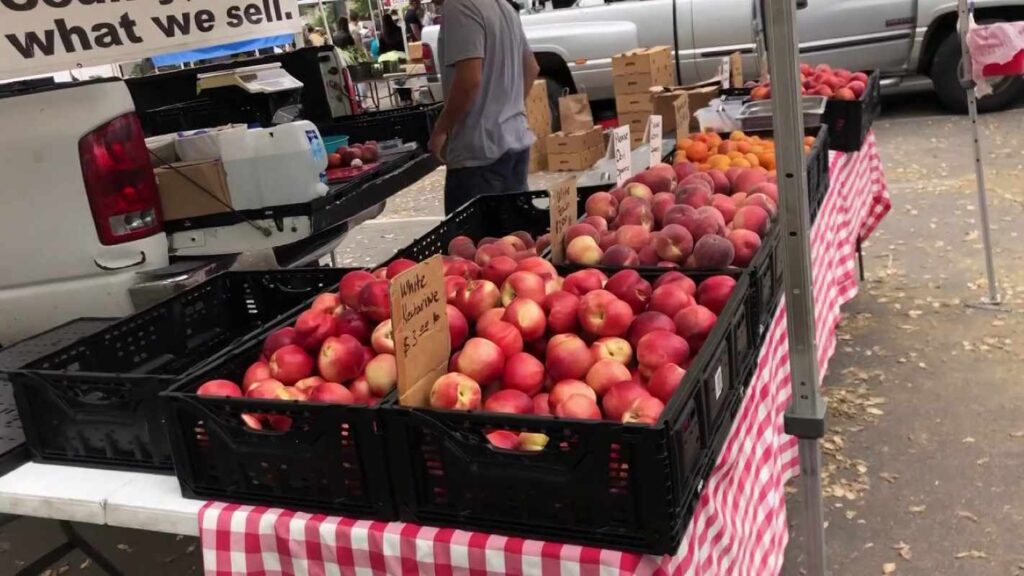
What good is calling attention to the challenges of a food sustainability trend without proffering solutions? Here are some probable solutions to the bottlenecks of eating sustainably and locally:
- Join CSA programs. These programs are like a food cooperative that offers contributors locally sourced fresh food regularly.
- You could start a small garden at home or a full-blown homestead. This initiative can reduce monthly food bills and provide fresh produce right in your backyard.
- Always try out farmers’ markets. Harvard’s guide to sustainable and local food could be of help here.
The benefits of eating local food transcend advocating for better economic realities for local farmers. It is a means of helping people connect to their food source, support consumer health, and protect the planet. Of course, switching suddenly to source all your food locally can be stressful. We recommend starting by buying a portion of your groceries from local sources.
Every local bite helps build a more resilient, nourishing, and earth-friendly food future.

